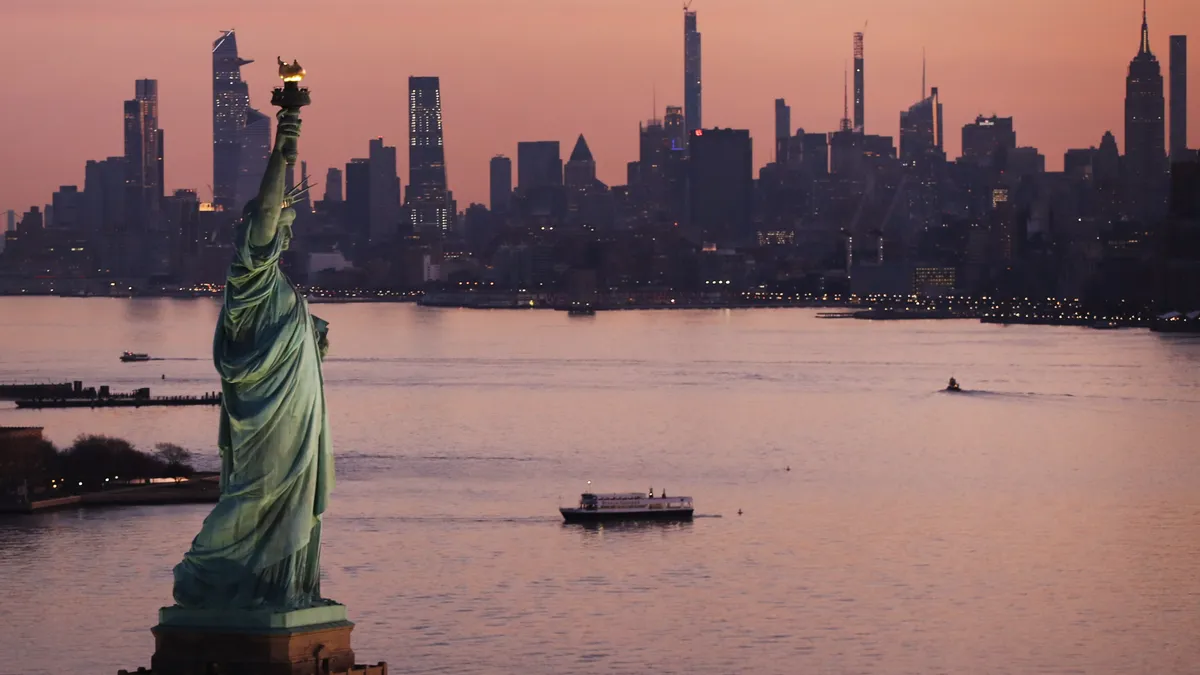Significant geographic, racial and socioeconomic health disparities exist across the New York City metropolitan area, including parts of New Jersey and Connecticut, says a “State of the Region’s Health” report published Tuesday by the Regional Plan Association.
The findings highlight that all decisions made in the region, from building more housing to expanding highways, can determine public health outcomes down the line, said RPA New York Director Maulin Mehta at a Tuesday briefing about the report. The research, which examines a slew of public health indicators, is an update of similar RPA work published in 2016.
“If we can front-load that effort and really think cohesively about what investments are needed to improve health outcomes equitably around the region, I think we can see better gains than if we just sort of look at things after the fact and evaluate their impacts later,” he said.
Significant disparities in life expectancy exist between different parts of the region, with people in Manhattan living, on average, five years longer than those in the Bronx, the report finds. The region also “remains highly segregated between whites and people of color,” an issue other major metropolitan areas also face, the report says.
Extreme heat is one of the region’s greatest climate-related public health risks, the report finds. In New York City, where an average of 370 people suffer heat-related deaths annually, Black residents are twice as likely to die from heat stress as those who are White, largely due to structural healthcare and housing inequalities as well as a lower likelihood of living in a home with air conditioning, the report says.
Large disparities in exposure to air pollution also exist. About 40% of people of color live in areas in the top quintile for national levels of fine particulate matter, compared with 5% of the White population, the report finds. “Due to a history of policies that enforced racial and economic segregation, much of the region’s low-income housing and communities of color are located near highways, transportation facilities and other sources of air pollution,” the report notes.
The housing cost burden in the region has ticked up in the last decade, the report finds, with 49% of people spending more than 30% of their monthly income on housing — the third-highest housing cost burden nationwide. This burden can have serious public health impacts, the report says: Cost-burdened families are at a higher risk for homelessness and are more likely to live in homes with health hazards such as lead, mold and pests. These households also have less money for health-related expenses such as nutritious food or recreation.
The report also points to certain improvements in key health indicators. As more communities have adopted complete streets and vision zero policies, motor vehicle-related deaths have dropped 11% to 28% across the tri-state area, it states. Vanessa Barrios, manager of RPA’s diversity, equity and inclusion initiatives, said at the briefing that this is “not an indicator that we should reduce any of the pressure or advocacy work on creating safer streets, but it was a nice little shining moment in our research.”
A key takeaway of the report lies in what it could not deliver: There is a lack of reliable health outcomes data for American Indian and Alaskan Native populations, report authors said. “More needs to be done to ensure that the lived experience of this population and the health challenges it faces can be more accurately assessed,” the report says.
“Not having data is almost the equivalent of contributing to the invisibility of their struggle,” RPA Associate Planner Jazmyn Blackburn said at the briefing.












